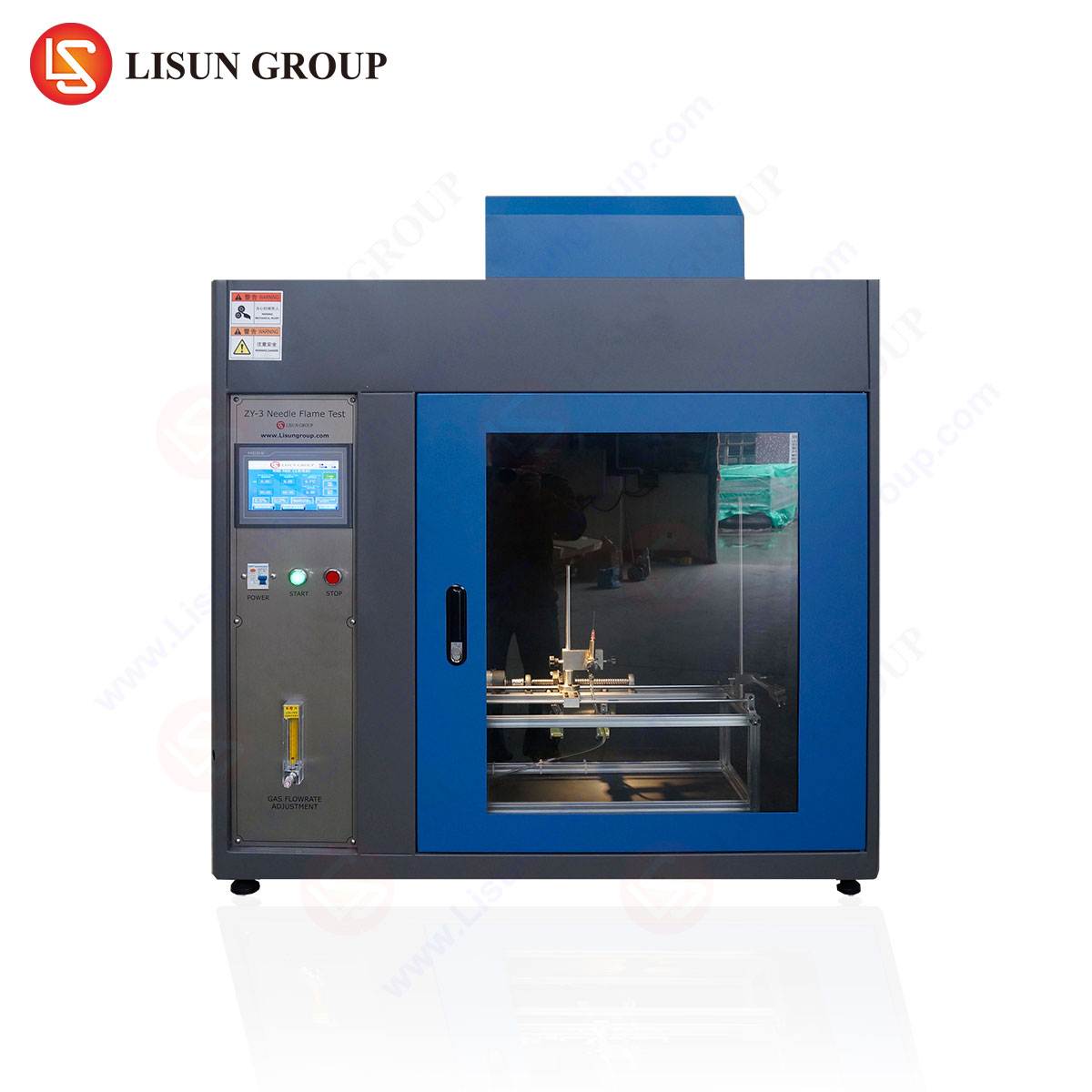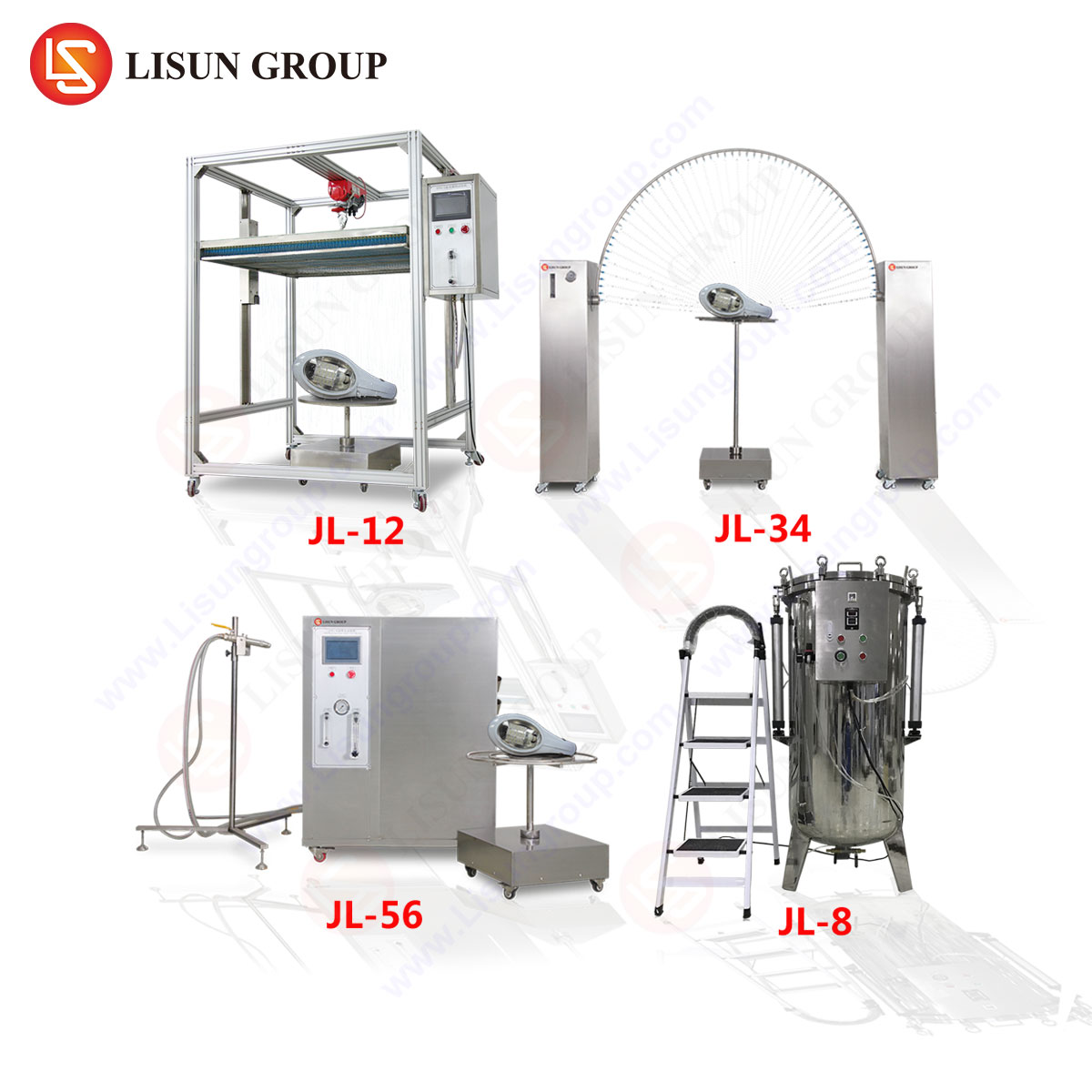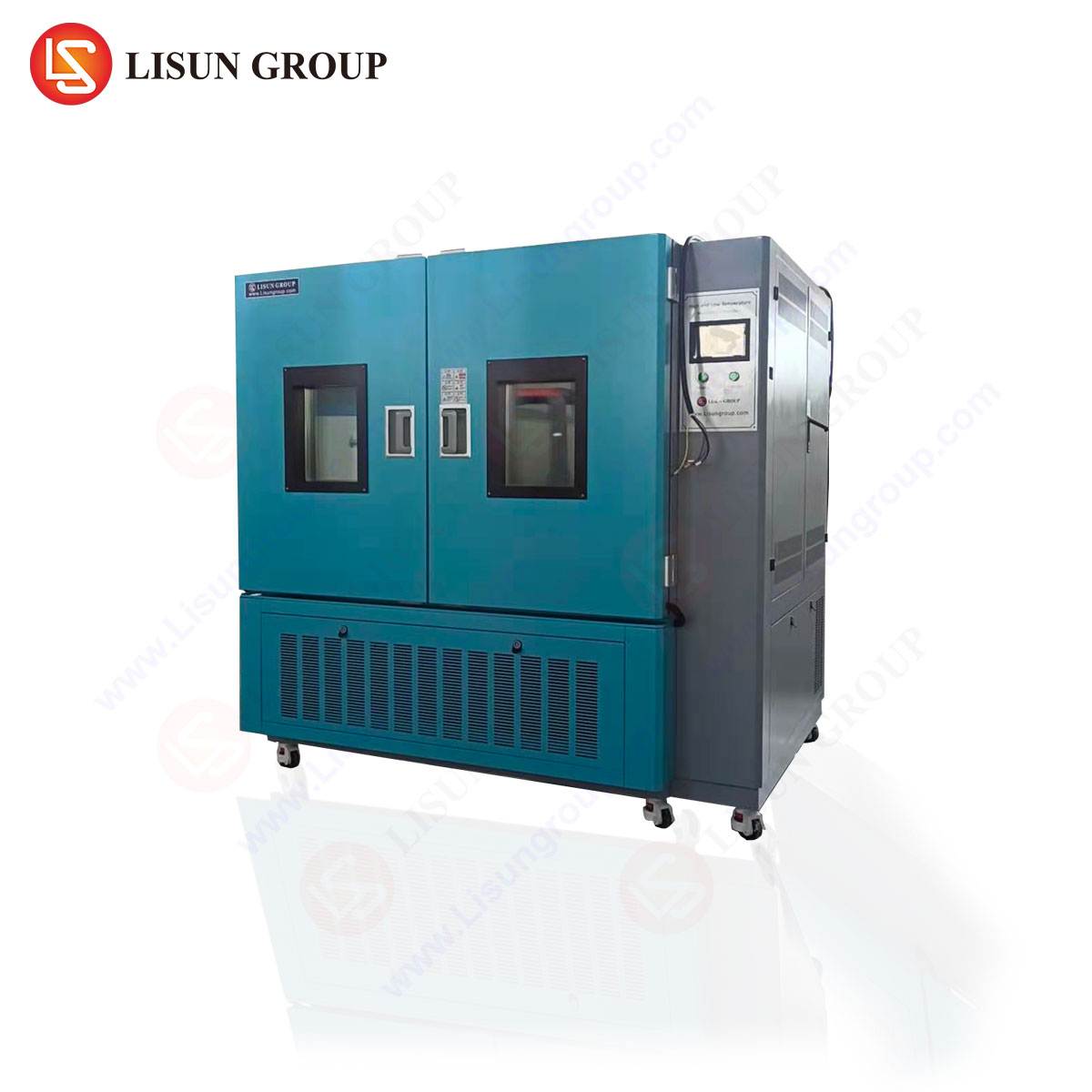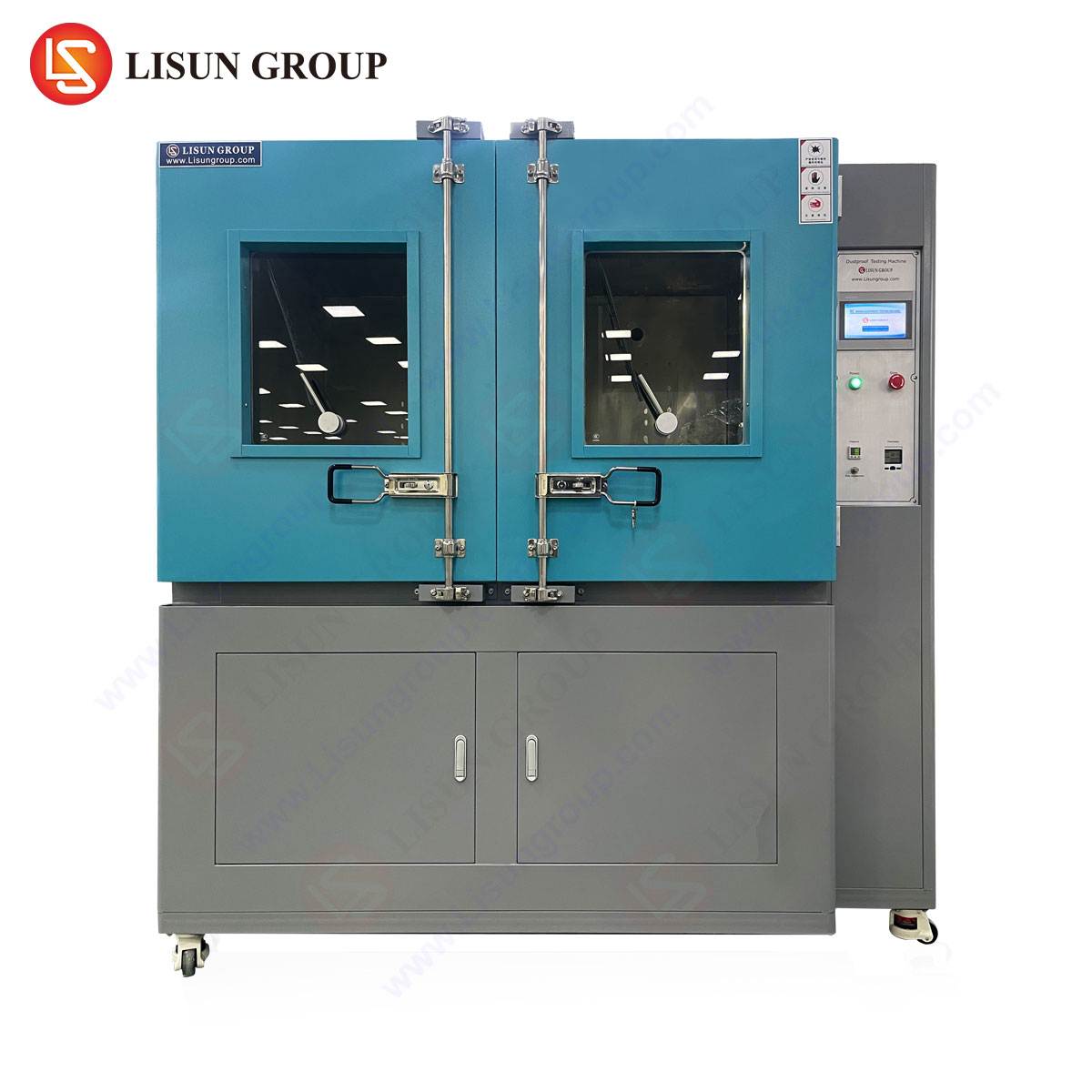Introduction to Flammability Testing in Product Compliance
Flammability testing is a critical component of product safety evaluations, particularly in industries where electrical and electronic equipment must adhere to stringent fire safety regulations. EN 60695-11-5, a widely recognized standard, specifies test methods for assessing the flammability of materials under controlled conditions. This standard is derived from IEC 60695-11-5 and is essential for ensuring compliance with international safety requirements.
The primary objective of EN 60695-11-5 is to evaluate the resistance of materials to ignition when exposed to a small flame, simulating potential fault conditions in electrical components. Industries such as automotive electronics, medical devices, and telecommunications equipment rely on this standard to mitigate fire risks and enhance product reliability.
The Needle Flame Test: Principles and Methodology
The needle flame test, as defined in EN 60695-11-5, involves applying a controlled flame to a material specimen for a predetermined duration. The test assesses whether the material ignites, sustains combustion, or propagates flames to adjacent components. Key parameters include flame application time (typically 30 seconds), specimen positioning, and post-flame observation periods.
The test is designed to replicate real-world scenarios where localized overheating or electrical arcing could occur. For instance, in household appliances or industrial control systems, insulating materials must resist ignition to prevent catastrophic failures. The needle flame test provides quantifiable data on material behavior, enabling manufacturers to select appropriate flame-retardant solutions.
LISUN ZY-3 Needle Flame Test Apparatus: Technical Specifications
The LISUN ZY-3 Needle Flame Test Apparatus is engineered to comply with EN 60695-11-5, offering precise flame application and repeatable results. Its specifications include:
- Flame Height Adjustment: 12 ± 2 mm, adjustable via a calibrated gas flow meter.
- Test Duration: Programmable from 1 to 999 seconds, with automatic flame withdrawal.
- Specimen Holder: Adjustable to accommodate vertical, horizontal, or inclined positioning.
- Gas Supply: Butane or propane, with a purity requirement of ≥95%.
- Safety Features: Flame extinguishing mechanism, gas leakage detection, and overheating protection.
The apparatus is widely used in laboratories specializing in electrical components, lighting fixtures, and aerospace components due to its reliability and adherence to international standards.
Industry Applications of EN 60695-11-5 Compliance
Electrical and Electronic Equipment
In power distribution systems, insulating materials must resist ignition to prevent short circuits. The needle flame test ensures that enclosures, circuit boards, and connectors meet safety thresholds.
Automotive Electronics
With the rise of electric vehicles, battery management systems and wiring harnesses undergo rigorous flammability testing to prevent thermal runaway incidents.
Medical Devices
Portable medical equipment, such as infusion pumps, must comply with EN 60695-11-5 to ensure patient safety in clinical environments.
Telecommunications Equipment
Data center hardware, including servers and routers, is tested to minimize fire risks in high-density installations.
Competitive Advantages of the LISUN ZY-3
The LISUN ZY-3 distinguishes itself through:
- Precision Calibration: Ensures consistent flame intensity and application angles.
- Automated Test Sequences: Reduces operator error and enhances repeatability.
- Multi-Standard Compatibility: Supports IEC, UL, and GB/T standards in addition to EN 60695-11-5.
Case studies demonstrate its efficacy in certifying cable insulation for office equipment and consumer electronics, where flame propagation must be minimized.
Scientific Validation and Data Interpretation
Test results are categorized based on:
- Ignition Time: Duration before sustained flaming occurs.
- Afterflame Time: Combustion persistence post-flame removal.
- Dripping Behavior: Whether molten material ignites cotton wool beneath the specimen.
A sample data table for a polycarbonate enclosure:
| Parameter | Test Result | EN 60695-11-5 Requirement |
|---|---|---|
| Ignition Time | 18 s | ≤30 s |
| Afterflame Time | 5 s | ≤15 s |
| Dripping | None | No ignition of substrate |
Regulatory Landscape and Future Developments
Emerging materials, such as halogen-free flame retardants, are driving revisions to flammability standards. The LISUN ZY-3’s modular design allows for firmware updates to accommodate evolving test protocols.
FAQ Section
Q1: What industries require EN 60695-11-5 compliance?
A1: Electrical components, automotive electronics, medical devices, and telecommunications equipment are primary sectors mandating this standard.
Q2: How does the LISUN ZY-3 ensure test accuracy?
A2: Automated flame control, calibrated gas flow, and precision timing mechanisms eliminate variability.
Q3: Can the apparatus test non-metallic materials?
A3: Yes, it evaluates plastics, composites, and insulating materials per EN 60695-11-5.
Q4: What safety certifications does the LISUN ZY-3 hold?
A4: It meets CE, ISO 9001, and IEC 60695-11-5 compliance requirements.
Q5: How long does a typical needle flame test take?
A5: The standard procedure requires 30 seconds of flame application, with additional observation time for afterflame assessment.







